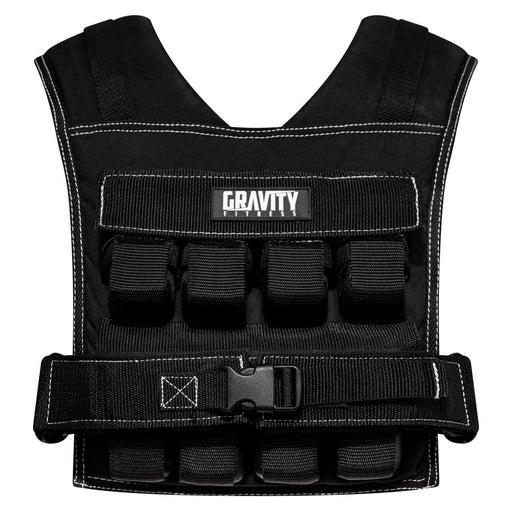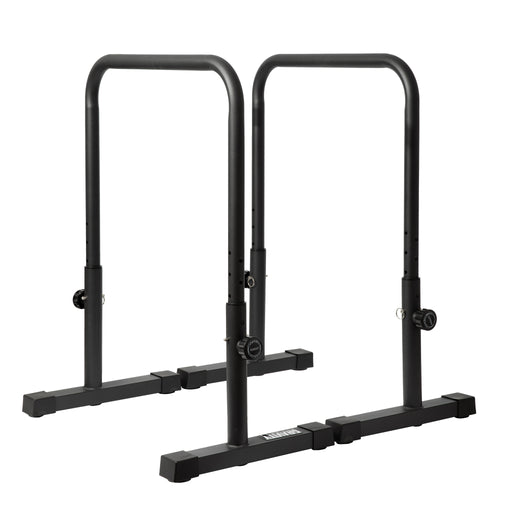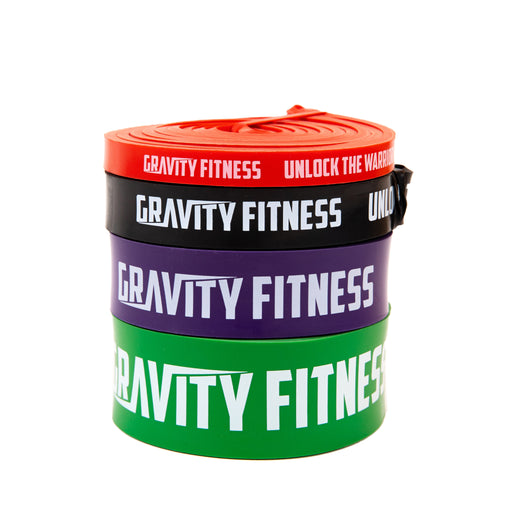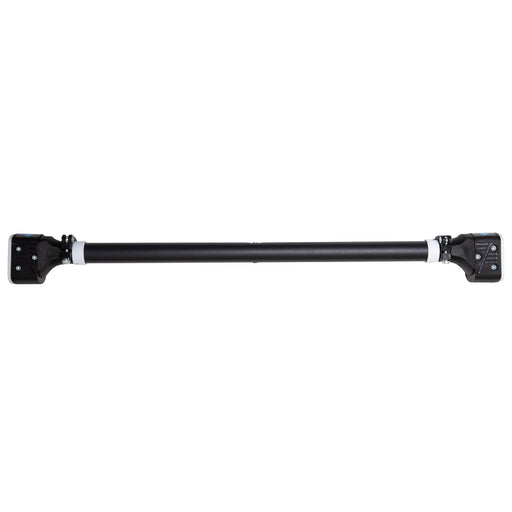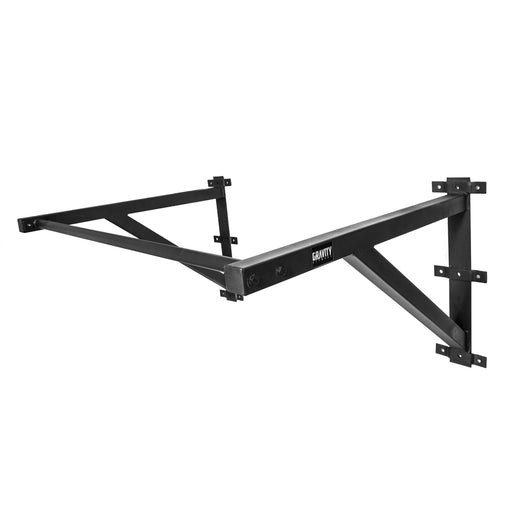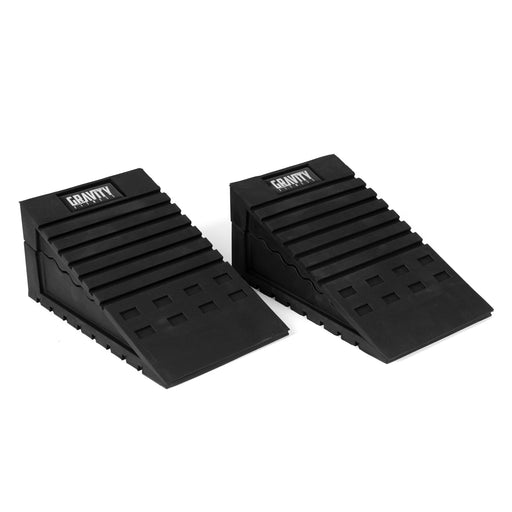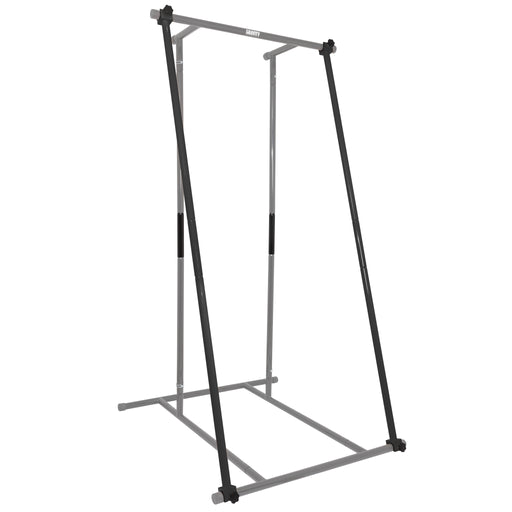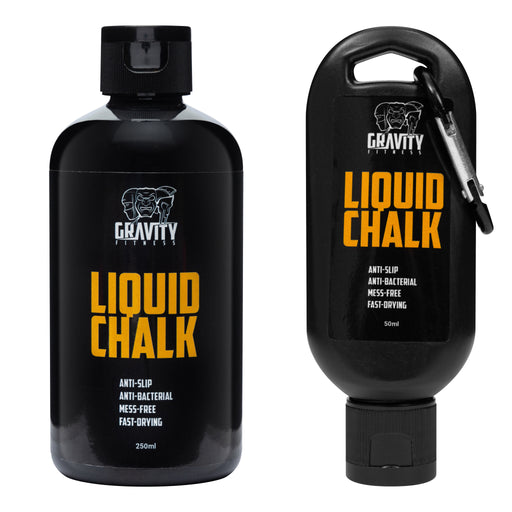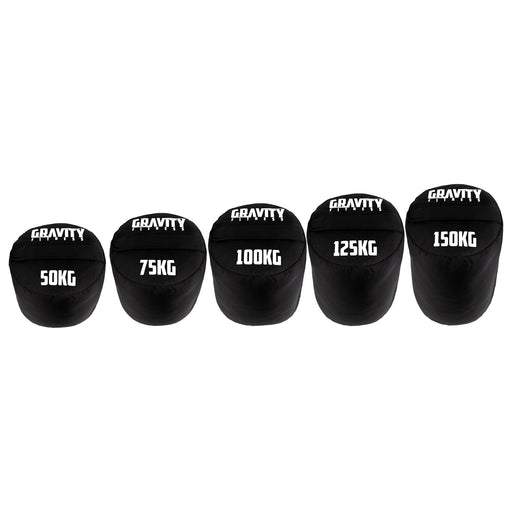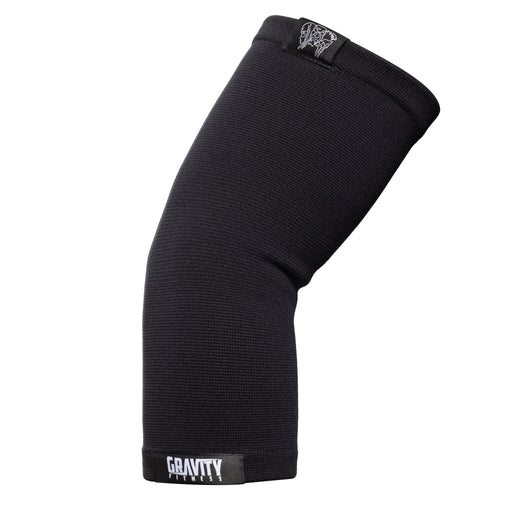
Why Saunas Should Be Part Of Your Recovery
September 14, 2021
2 min read
Why Saunas Should Be Part Of Your Recovery
Sitting in a sauna can feel super relaxing, but is it actually helping your recovery from training? Here’s the latest evidence about saunas and training, and top tips for incorporating it into your recovery.
The science of saunas for training recovery
As it turns out, that instinct to go and sit in a sauna to relax is based on more than gut feeling. Science tells us that saunas can improve endurance, aerobic capacity, immunity, and even muscle gain.
Saunas for endurance training
Sitting in a sauna obviously improves our tolerance to heat, which may help us handle the increase in body temperature that comes with a particularly hot and sweaty training session. But the science shows us that sauna use actually increases our blood volume over time, by boosting blood cell volume and plasma. (1)Saunas for immune health
Studies have been done into the impact of traditional sauna bathing on the immune system, finding that even short bursts of sauna use may increase white blood cell levels particularly in trained individuals. (2)Saunas for muscle growth
Now for the bit we’re all interested in. Can sitting in a sauna after training really help us get hench? This 2006 study shows that intermittent hyperthermia (heat therapy to you and me) can increase heat shock proteins in the body which repair damage. (3) A much older study looked at how sauna use affects the endocrine system, coming to the conclusion that growth hormone levels increase after sauna use (4) although these changes usually normalise within a couple of hours. Still, might be a good case for using a sauna as part of your post-workout routine!What’s different about infrared saunas?
What’s the difference between traditional saunas and infra-red saunas which are a much more recent technique? Infra-red saunas combine heat therapy with phototherapy (light therapy) to give a whole host of health benefits.The benefits of near infrared saunas (which can apparently penetrate the body up to 9 inches – that’s what they all say…) include tissue and wound healing, increased collagen production, and recovery from strength and endurance training. Studies show that far infrared saunas seem to be better than traditional saunas when it comes to recovery of the neuromuscular system from maximal endurance performance. Plus it’s relaxing and feels great, which is a recovery strategy in itself! (5)
How to use saunas for training recovery
Whether you’ve got an infrared sauna unit at home, or only get access to a regular sauna when you visit certain fitness facilities, adding short bursts of sauna therapy to your post-workout recovery is worth a try.The optimal time for sauna use seems to be 15 minutes, so either opt for 1 x 15 minute sauna visit or break your time into 15 minute bouts (if you’re at a spa day for example.)
Remember to build the time up gradually, stay hydrated, and stand up slowly at the end of your session. If you’ve got low blood pressure or any history of heart problems, check with a medical professional before using a sauna.
1 https://pubmed.ncbi.nlm.nih.gov/24444197/
2 https://www.ncbi.nlm.nih.gov/pmc/articles/PMC3916915/
3 https://pubmed.ncbi.nlm.nih.gov/17110516/
4 https://pubmed.ncbi.nlm.nih.gov/3218898/
5 https://www.ncbi.nlm.nih.gov/pmc/articles/PMC4493260/














